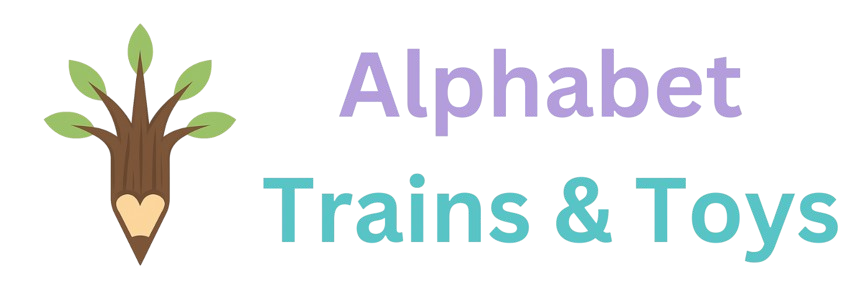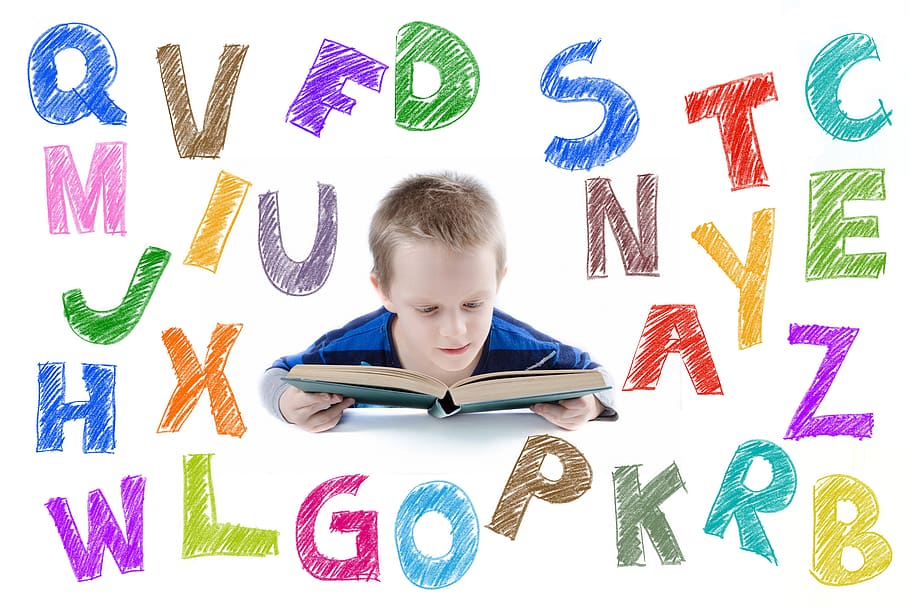The Alphabet: A Comprehensive Refresher for Young Minds
The English alphabet, a collection of 26 letters, is the foundation of our language. These letters are the building blocks of words, sentences, stories, and so much more. For a young child, mastering the alphabet is their first step into the vast world of literacy. As parents and educators, guiding them on this journey is both a responsibility and a joy.
The Importance of Letters in Early Education
Every word, whether read, written, or spoken, is composed of letters. They're the pillars of our language. According to a study by König et al. (2022), early literacy and a foundational understanding of the alphabet are crucial for a child's future reading success. Recognizing and understanding these letters is like holding a key to a vast library of knowledge for young learners.
Embarking on an Alphabet Adventure
Let's journey through each letter of the alphabet, exploring their origins and significance:
A is for Apple: Originating from the Phoenician letter 'aleph', the letter A has evolved over millennia. It's as refreshing as a bite into a crisp apple. A study by Daniels (1990) delves into the history of the alphabet and the evolution of each letter.
| B is for Butterfly: B, derived from the ancient Egyptian hieroglyph for 'house', has transformed over time. Today, it flutters on the page, reminiscent of the delicate wings of a butterfly. |  |
C is for Cat: The letter C has its origins in the Phoenician letter 'gimel', which represented a camel. Over time, its shape and sound have evolved, but its charm remains, much like the playful nature of a cat.
D is for Drum: D can trace its lineage back to the Phoenician letter 'daleth', which meant door. Its rhythmic presence in our alphabet is as steady as the beat of a drum.
 | E is for Elephant: The letter E, derived from the Phoenician letter 'he', has stood the test of time. Its structure might remind us of the sturdy and majestic elephant. |
F is for Fish: F's history can be traced back to the Semitic letter 'vâv' that represented a hook or a peg, making its modern association with fish quite fitting.
G is for Guitar: G evolved from the Phoenician letter 'gimel', which represented a camel. Its musical resonance in modern times can be likened to the strings of a guitar.
H is for Hat: H has its origins in the Semitic letter 'ḥet', which means 'courtyard'. Today, it sits atop words just as a hat rests on our heads.
I is for Ice Cream: I, originally from the Phoenician letter 'yodh', has a simplicity and sweetness to it, much like a scoop of ice cream on a hot day.
J is for Jump: The letter J, originating from the Latin 'iota', has evolved to have a hook at its base. It's as lively as a child ready to jump in joy.
K is for Kite: K, derived from the Greek letter 'kappa', has a structure that might remind us of a kite soaring in the sky.
L is for Lion: L, with its origins in the Phoenician letter 'lamed', stands tall and proud, much like the majestic lion.
M is for Mountain: M, which can trace its roots to the Phoenician 'mem', meaning 'water', has peaks that resemble the majestic mountains.
N is for Nest: N, derived from the Egyptian water hieroglyph, provides a cozy nook in words, much like a nest for birds.
O is for Owl: The letter O, which has its origins in the Phoenician letter 'ayin', is round and observant, watching over words like an owl in the night.
| P is for Piano: P, which evolved from the Greek letter 'pi', strikes a chord in our language, reminiscent of the keys of a piano. |  |
Q is for Queen: Q, closely related to the letter O, has its origins in the Phoenician letter 'qoph'. It stands regal and unique, much like a queen.
R is for Rainbow: R, derived from the Latin letter 'Rho', arcs gracefully, painting words with the colors of a rainbow.
S is for Sun: S, which has its roots in the Phoenician letter 'shin', shines brightly, bringing warmth and light to every word it touches.
T is for Tree: T, originating from the Semitic letter 'taw', stands firm and tall, rooting words deep into meaning, just like a tree.
U is for Umbrella: U, which evolved from the letter 'V', shelters and protects words, like an umbrella during a rainstorm.
V is for Violin: V, with its origins in the Latin 'U', resonates with elegance and grace, playing a symphony in words like a violin.
W is for Whale: W, which was once represented as 'double U', dives deep into words, bringing the depth and majesty of a whale.
X is for X-ray: X, derived from the Greek letter 'Chi', offers a unique perspective, seeing right through words like an X-ray.
Y is for Yo-yo: Y, which has its roots in the Old English letter 'Yogh', bounces up and down in words, playful and energetic like a yo-yo.
Z is for Zoo: The last letter of our alphabet, Z, has its roots in the Greek letter 'zeta'. Today, it brings a wild energy, capturing the excitement and diversity of a zoo.
Conclusion
The alphabet is more than just a collection of letters. It's a tool, a guide, and a friend to young learners. As they embark on their literacy journey, these 26 letters will be their constant companions, helping them explore the vast world of language. For parents and educators, it's a privilege to introduce them to these letters and watch as they discover the magic within each one. Another insightful read on the history of the alphabet is provided by Coulmas (1989), which offers a deep dive into the evolution and significance of alphabetic writing.
All Aboard the Learning Journey!
Embark on a fun-filled adventure of letters and words with our Name Trains. Perfect for hands-on learning and sensory play, these toys make mastering the alphabet a joy for any young explorer.
Discover Sensory Toys with Name Trains







